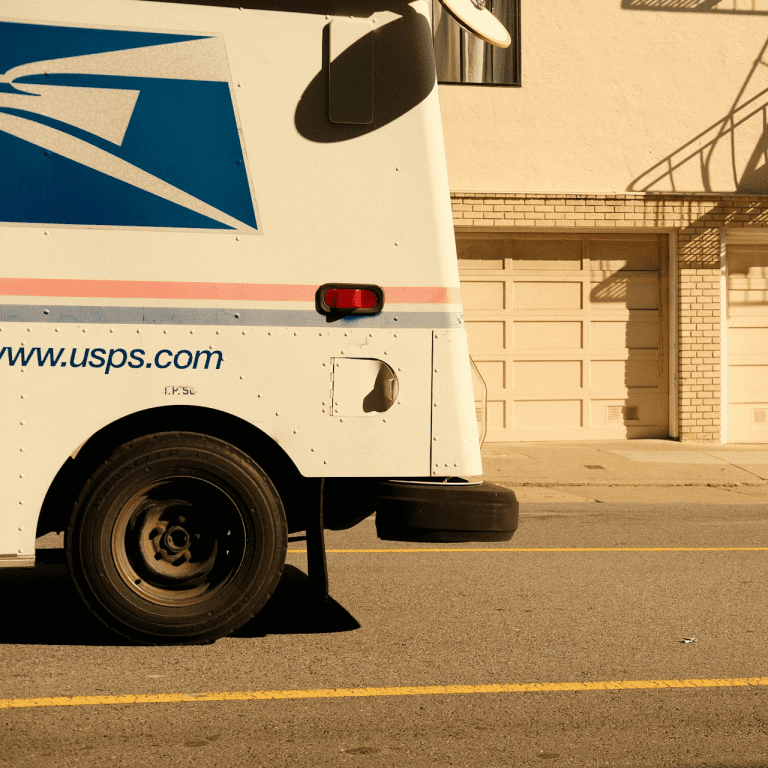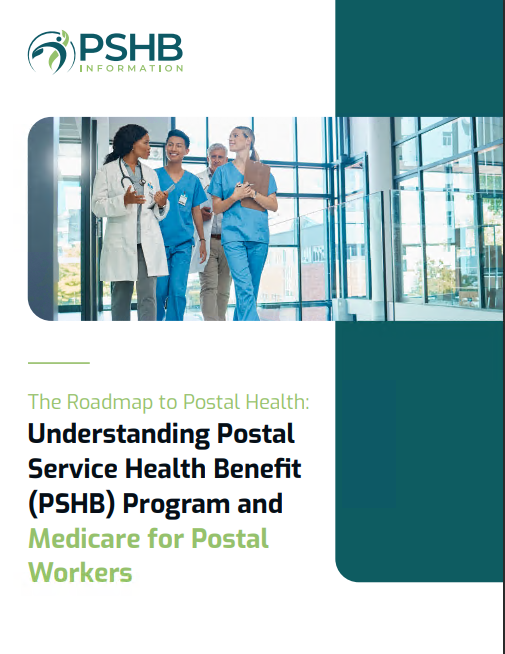Key Takeaways
-
In 2025, a $2,000 annual out-of-pocket limit for prescription drugs is now in effect under Medicare Part D, including coverage integrated into the PSHB program.
-
This cap applies to USPS retirees and employees who are Medicare-eligible and enrolled in a PSHB plan that includes Medicare Part D integration.
What This $2,000 Drug Cost Cap Means for You
The $2,000 out-of-pocket limit introduced in 2025 marks a major shift in how prescription drug costs are managed under Medicare. For current and retired United States Postal Service (USPS) workers, this change directly affects your expenses if you’re Medicare-eligible and enrolled in a Postal Service Health Benefits (PSHB) plan.
Prior to 2025, Medicare Part D included a coverage gap often referred to as the “donut hole.” Many retirees were exposed to high drug costs, especially those requiring multiple brand-name or specialty medications. That gap is now closed. In its place is a firm $2,000 annual ceiling on what you pay out-of-pocket for covered prescription drugs.
This change is part of broader reforms aimed at reducing the financial burden on older Americans and individuals with chronic conditions.
Who Gets This Benefit
This out-of-pocket limit is available to you if:
-
You are a USPS retiree or an employee aged 65 or older
-
You are enrolled in Medicare Part D through a PSHB plan
-
You have not opted out of the Medicare drug benefit offered by your PSHB plan
It also applies to Medicare-eligible family members covered under your PSHB plan.
If you’re a USPS annuitant who retired on or before January 1, 2025, and you’re not enrolled in Medicare Part B, you may be exempt from the Medicare Part B requirement but still eligible for drug coverage under PSHB.
How the Cap Works in Real Life Numbers
Here’s a general breakdown of how this $2,000 limit works in practice:
-
Deductible Phase: You pay up to the annual deductible (in 2025, this is $590 for Medicare Part D).
-
Initial Coverage: After the deductible, your plan covers a portion of drug costs and you pay copayments or coinsurance.
-
Catastrophic Coverage: Once your total out-of-pocket spending hits $2,000, your plan pays 100% of covered drug costs for the rest of the year.
This resets every January 1. If you reach the limit early in the year, you could see major savings throughout the remaining months.
How PSHB Plans Work With This Change
PSHB plans for Medicare-eligible USPS retirees now include an Employer Group Waiver Plan (EGWP) that integrates with Medicare Part D. These plans are structured to work hand-in-hand with Medicare to reduce your out-of-pocket costs.
Key features include:
-
Automatic enrollment in the Medicare Part D component if you’re eligible and enrolled in a PSHB plan
-
The $2,000 annual out-of-pocket maximum applies directly to your prescription expenses
-
A broader network of pharmacies and mail-order services
If you opt out of this Medicare Part D integration, you won’t receive the prescription drug coverage under PSHB and will lose access to this new cost cap.
Important Enrollment Facts to Keep in Mind
To take full advantage of the new $2,000 cap, it’s essential to be properly enrolled. Here are some important timelines and criteria:
-
The Special Enrollment Period (SEP) for Medicare Part B ran from April 1 to September 30, 2024, allowing USPS retirees to get Part B coverage to qualify for PSHB-Medicare integration.
-
The Open Season for PSHB ran from November to December 2024, when you could review or change your plan.
-
Starting January 1, 2025, your new PSHB plan with integrated Medicare Part D and the $2,000 cap became effective.
If you missed these enrollment windows, you may need to wait for the next Open Season or experience a qualifying life event to make changes.
Impact on Your Healthcare Budget
Before this change, some Medicare enrollees spent thousands more than $2,000 a year on prescription medications. In 2025, the financial protection of a hard cap could mean:
-
Greater predictability in annual healthcare costs
-
Freedom to adhere to medication regimens without skipping doses due to price
-
Fewer financial surprises in the later months of the year
This is especially helpful if you take high-cost specialty drugs or multiple maintenance medications.
Coordinating With Medicare Part B
While the $2,000 drug cap comes through Medicare Part D, many PSHB plans tie eligibility for this benefit to enrollment in Medicare Part B. That’s because PSHB plans for retirees are built to coordinate benefits across Part A, Part B, and Part D.
If you’re not enrolled in Medicare Part B, you may not qualify for the full range of PSHB-Medicare integrated benefits, including the drug cost cap. However, if you fall into an exception category (retired on or before January 1, 2025, or aged 64+ as of that date), you may retain drug coverage under certain PSHB plans without being required to have Part B.
What You Should Do Now
If you’re unsure whether you’re fully set up to take advantage of this change, take these steps:
-
Verify your Medicare enrollment status – Confirm you’re enrolled in both Medicare Part B and the PSHB plan.
-
Check your PSHB plan documents – Look for details on how the plan integrates with Medicare Part D.
-
Review prescription drug costs – See how close you’ve come to hitting the $2,000 out-of-pocket cap.
-
Contact your plan’s support line – Ask if your current plan includes the Part D EGWP and whether you’re enrolled properly.
Special Considerations for Families
Medicare-eligible family members covered under your PSHB plan will also benefit from the $2,000 drug cost cap. However, each eligible individual has their own $2,000 limit.
For example, if both you and your spouse are covered and Medicare-eligible, each of you will have a separate $2,000 out-of-pocket limit for prescription drugs.
Why This Matters More Than Ever in 2025
Drug prices remain a major concern for USPS retirees, especially those living on fixed incomes. As prices increase and medications grow more complex, having a clear boundary on your annual costs is crucial.
The $2,000 limit gives you:
-
Financial control
-
Better access to essential treatments
-
Peace of mind throughout the year
This reform changes the game for thousands of USPS retirees and families who rely on continuous prescription drug access.
Take Advantage of the New Savings Opportunity
Now that the $2,000 limit is in place, make sure you’re getting everything you’re entitled to as a USPS retiree or employee. The right plan, proper Medicare enrollment, and timely action can result in thousands of dollars saved annually.
Speak with a licensed agent listed on this website for personalized advice. They can walk you through eligibility, enrollment steps, and plan details to ensure you’re benefiting from every available protection.







